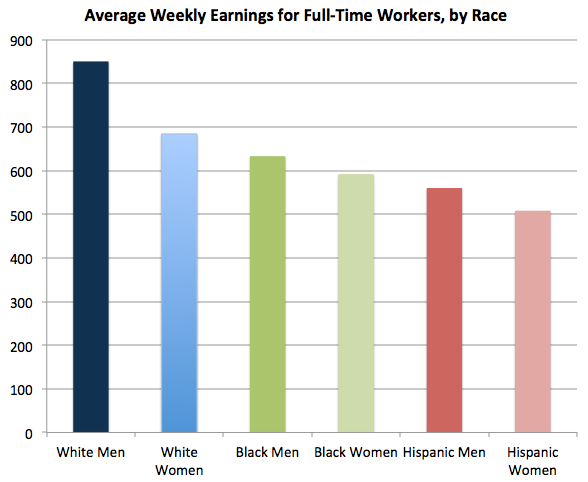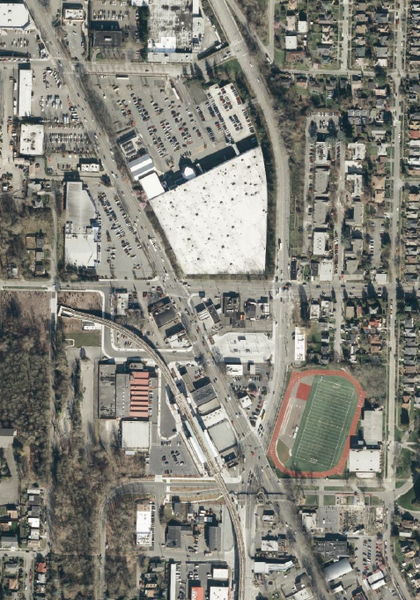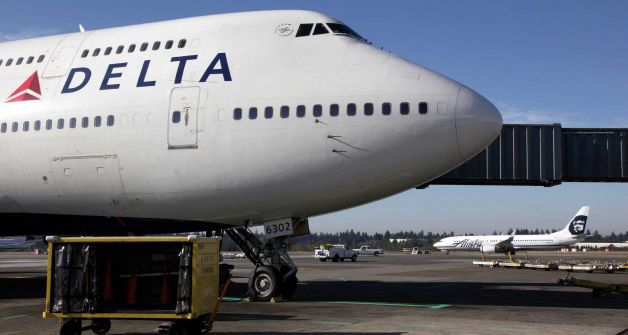There is no question that the success of SeaTac’s Prop. 1 is a win for workers. But it is also a win for Transit Oriented Development (TOD) and our region’s environmental goals. Here is why: the $15 Airport Living Wage means more families will be able to live in their communities of choice.
Recently, the Puget Sound Equity Summit brought together communities across the region to explore strategies that ensure TOD will benefit low-income communities and communities of color. Yet, when it comes to ensuring TOD is equitable the public discussion of policy solutions rarely goes beyond affordable housing.

Housing is only one side of the equation. Living wage jobs are the other side.
Sound Transit light rail should be a regional connector to opportunity. With soon-to-be three stations in SeaTac, the new living wage law is a big move in that direction. Low-income communities all along the light rail corridor currently face gentrification and other factors that economically destabilize communities (see our report, TOD that’s Healthy, Green and Just). A $15 an hour living wage at the end of the light rail will allow low-wage workers to prosper in in place.
How? Let’s use Rainier Valley as an example. An estimated 650 people who live in Seattle’s Rainier Valley work in the city of SeaTac.[1] With airport, hotel and ground transportation jobs making up the vast majority of employment in this small city, hundreds of Valley residents will likely benefit from Prop. 1 (see who is covered, here). Previous to Prop. 1, many of these residents not only made near-poverty wages, few had seen their wage increase over the last five years.
At the same time their wages remained low, the cost of living rose in their neighborhoods, which threatened low-wage airport workers with displacement. The economic pressure between higher costs and stagnant income causes many families to relocate further outside of the city where the cost of living is cheaper, and where they are also more likely to need a car to drive to work. A $15 living wage dramatically changes their odds of being able to stay in their neighborhood of choice.
More money in the pockets of these Rainier Valley families will mean their family earnings will grow with the neighborhood. Instead of new community investments resulting in insurmountable rent increases, workers making a living wage will be more able to take cost of living increases in stride and benefit from the new infrastructure in their neighborhood.
Earning wages that families can actually live on, more people will be able to live in their communities of choice, close to transit and opportunity. It also means fewer car trips for these residents, better environmental outcomes and a big overall win TOD near light rail.
[1] U.S. Census Bureau, OnTheMap Application and LEHD Origin-Destination Employment Statistics (Beginning of Quarter Employment, 2nd Quarter 2002-2011).



